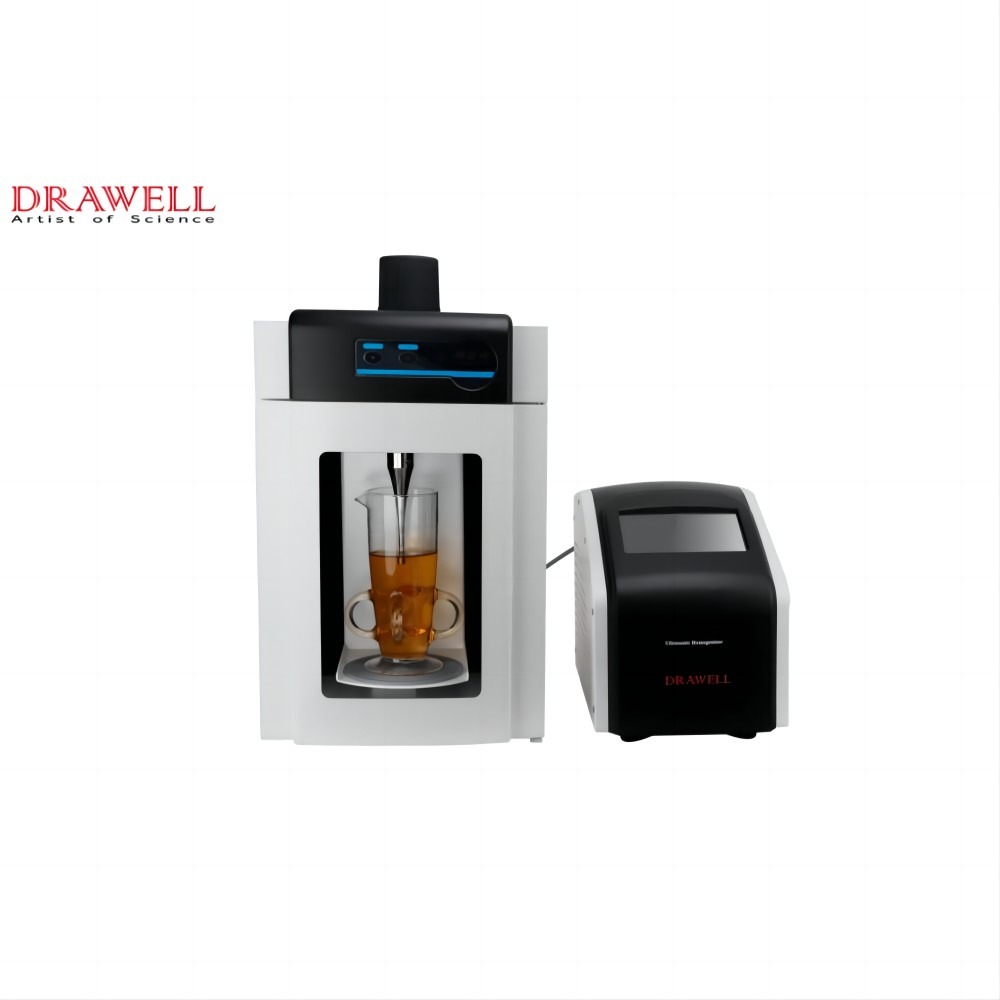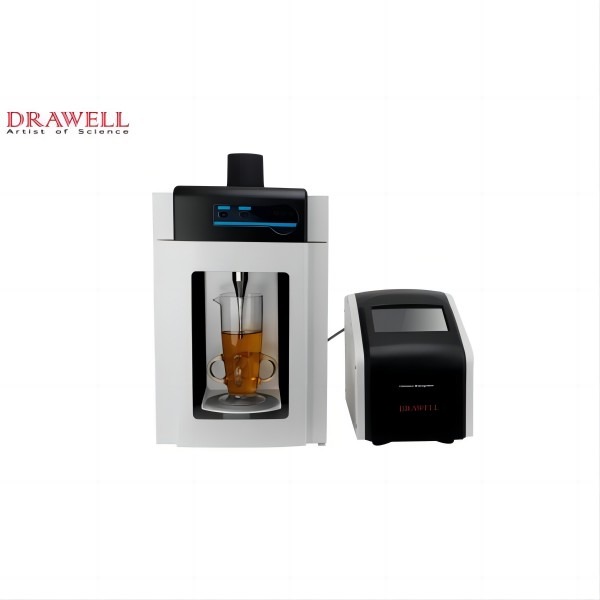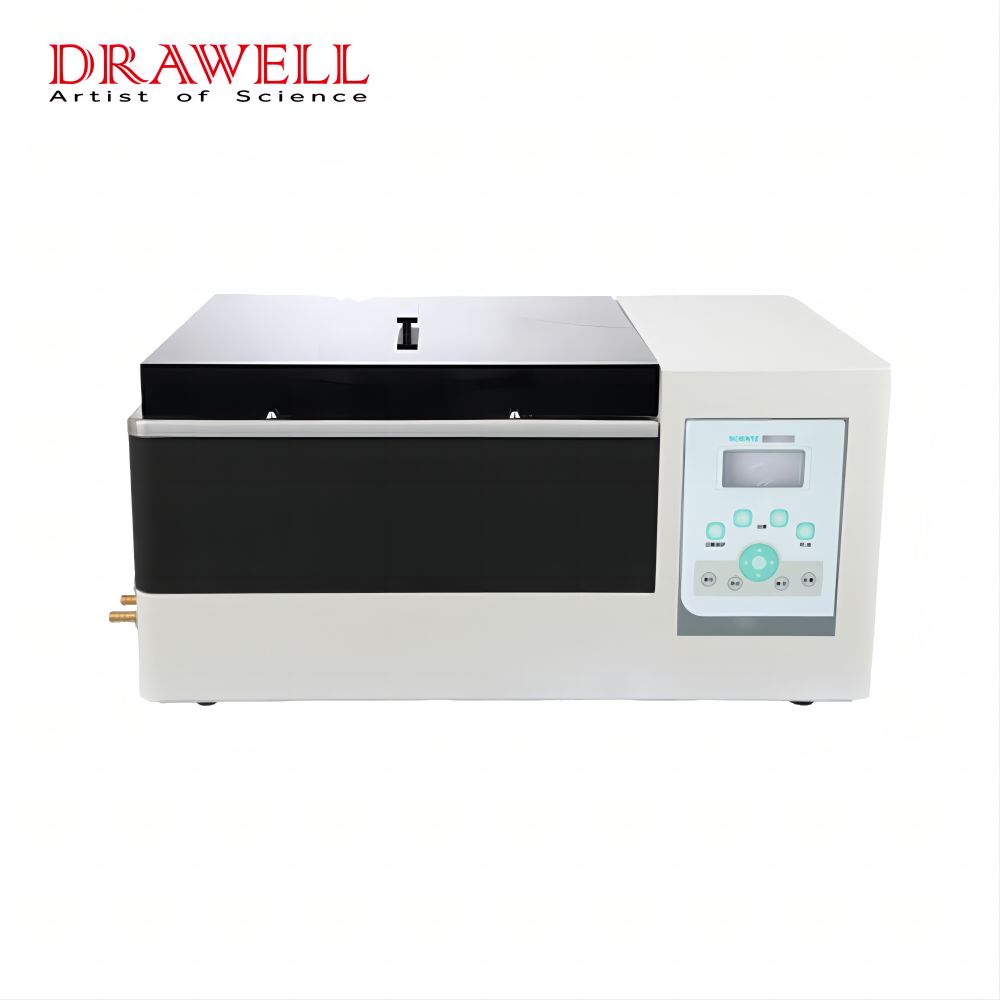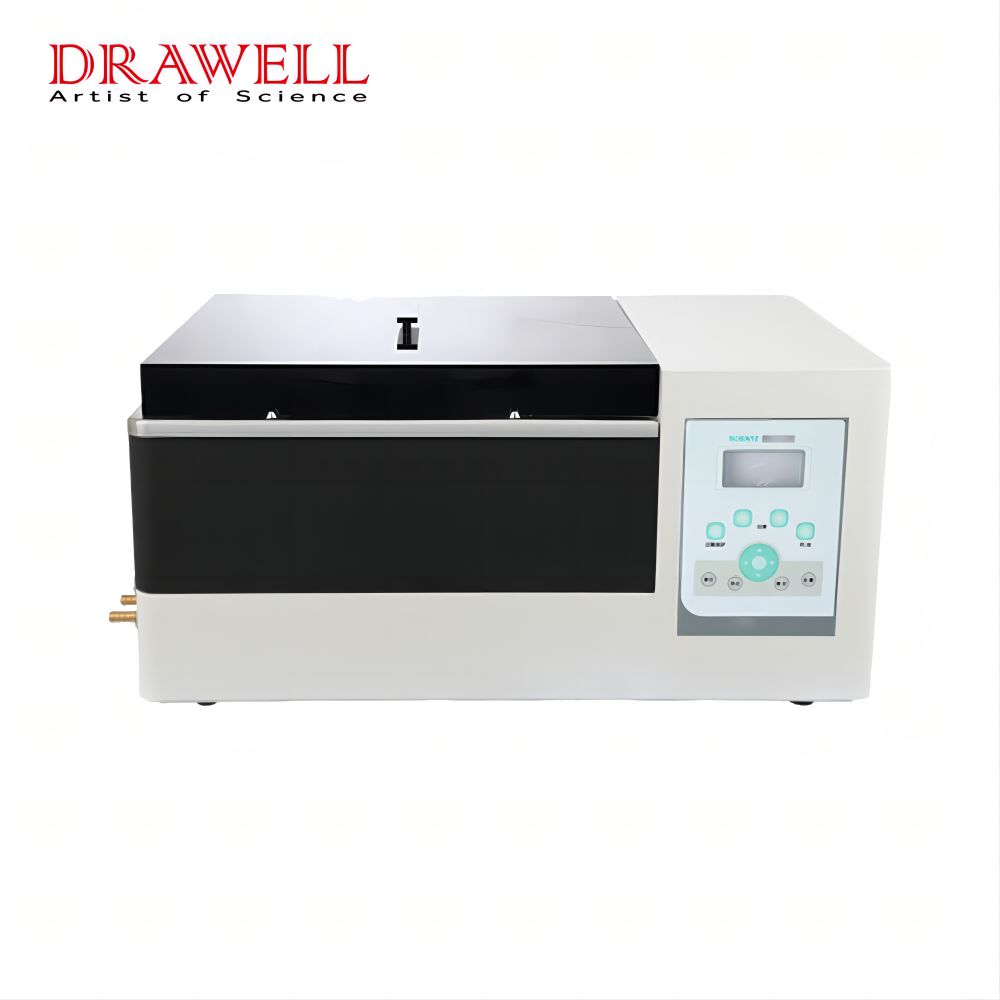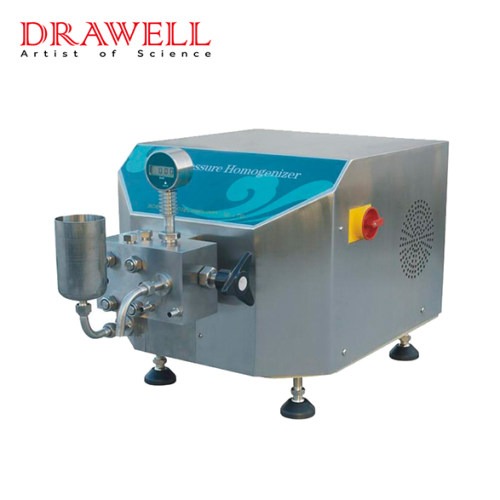Homogenization is an important process in many industries, including food and pharmaceuticals, cosmetics, and biotechnology. This procedure involves reducing or eliminating the particle size of a substance in order to produce a uniform and stable product. Homogenizers are critical to achieving this goal. There are various types of homogenizers available, each one designed for a specific application or industry. In this article, we discuss the topic of types of homogenizers, exploring the various types of homogenizers, their principles of operation, their applications, and the key factors to consider in choosing the appropriate type.
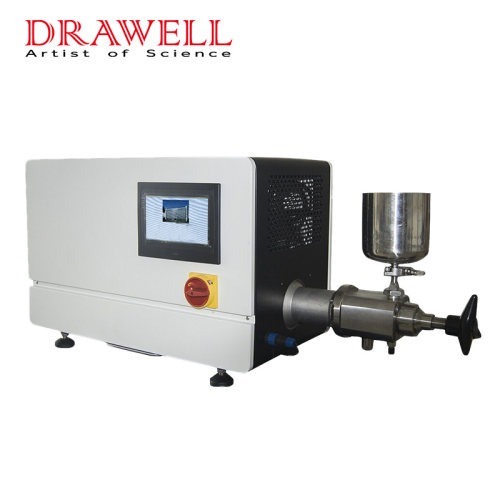
Common Types of Homogenizers
There are several common types of homogenizers and each homogenizer uses a different set of principles and mechanisms to achieve homogenization.
1. High-Pressure Homogenizers
High-pressure homogenizers work by forcing a sample at high pressure through a narrow valve or aperture. This process causes intense turbulence and shear forces, resulting in particle size reduction. These homogenizers are effective in achieving fine particle sizes and are commonly used in industries such as dairy, food processing, and pharmaceuticals.
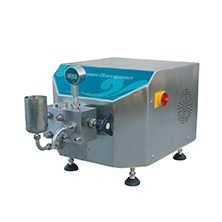
2. Ultrasonic Homogenizers
Ultrasonic homogenizers use high-frequency sound waves (ultrasound) to disrupt particles in a liquid. The ultrasonic waves create cavitation, causing the formation and collapse of microbubbles, which in turn break down particles. Ultrasonic homogenizers are particularly useful for applications where heat-sensitive samples are involved, such as in the pharmaceutical and biotechnology industries.
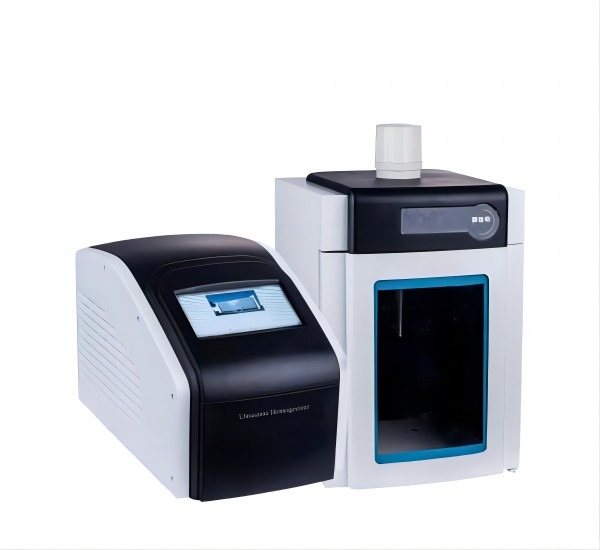
3. Rotor-Stator Homogenizers (High-Speed Homogenizers)
Rotor-stator homogenizers are made up of a rapidly spinning inner rotor and a stationary outer stator. Intense mechanical shear forces cause particle size reduction as the sample passes through the narrow gap between the rotor and stator. These homogenizers are commonly used in the food, cosmetic, and pharmaceutical industries for emulsification and dispersion tasks.
4. Bead Mill Homogenizers
Bead mill homogenizers agitate and break down particles by using beads (typically made of glass, ceramic, or metal). The beads are suspended in the sample, and particle size is reduced as they collide with each other and the sample. In the biological and pharmaceutical industries, bead mill homogenizers are commonly used for cell disruption and sample preparation.
5. Colloid Mill Homogenizers
Colloid mill homogenizers operate on the principle of high-speed rotor-stator action within a conical milling chamber. This process facilitates the breakdown of particles, resulting in colloidal suspensions. Colloid mills find applications in the food industry for producing stable emulsions, such as mayonnaise and salad dressings.
6. Inline Homogenizers
Inline homogenizers are designed to homogenize samples as they flow through a pipeline. These homogenizers are often used in continuous processes, providing an efficient solution for large-scale production. They are common in industries such as pharmaceuticals, chemicals, and biotechnology.
7. Handheld Homogenizers
Handheld homogenizers, also known as tissue grinders or homogenizer wands, are small, portable devices that are frequently used in laboratories. They are made up of a motorized unit and a reusable or disposable homogenizing probe. These homogenizers are commonly used in biological and biochemical research and are suitable for small-scale sample processing.
8. Dounce Homogenizer
The Dounce homogenizer is a hand-held homogenizer made up of a glass or metal mortar and pestle. It’s commonly used in biology and biochemistry labs to gently homogenize tissues and cells.
9. Mortar and Pestle
While traditional, mortar and pestle homogenization is still used, especially in laboratories for small-scale sample processing. It involves manually grinding and crushing samples to achieve homogeneity.
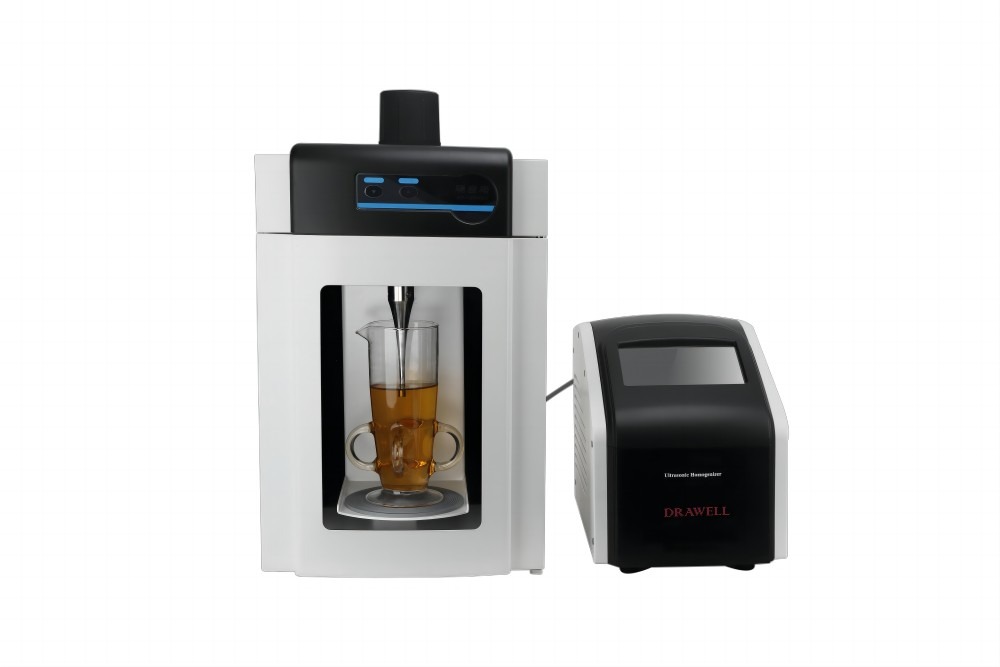
Essential Factors to Consider for Choosing the Appropriate Types of Homogenizers
Choosing the right type of homogenizer is crucial for achieving optimal results in various industrial processes.
1. Type of Sample
Different homogenizers are created for different types of samples. Consider your sample’s properties, such as viscosity, particle size, and sensitivity to mechanical forces. For example, if you are working with biological samples, you might prefer a method like ultrasonic homogenization to minimize heat generation.
2. Particle Size Requirements
The desired particle size in the final product is a critical factor. Some homogenizers are more effective at achieving smaller particle sizes than others. High-pressure homogenizers, for instance, are known for their ability to produce fine particles and achieve uniform distribution.
3. Scale of Production
The scale at which homogenization is carried out is an important factor to consider. Benchtop homogenizers are appropriate for small-scale laboratory work, whereas inline homogenizers or other industrial-scale equipment may be required for large-scale production processes. Check that the homogenizer you select is compatible with the production scale.
4. Nature of the Application
Consider the specific application for which the homogenizer will be used. Different industries, such as food processing, pharmaceuticals, and biotechnology, may have unique requirements. Bead mill homogenizers, for example, are often favored in biological research for cell disruption and DNA extraction.
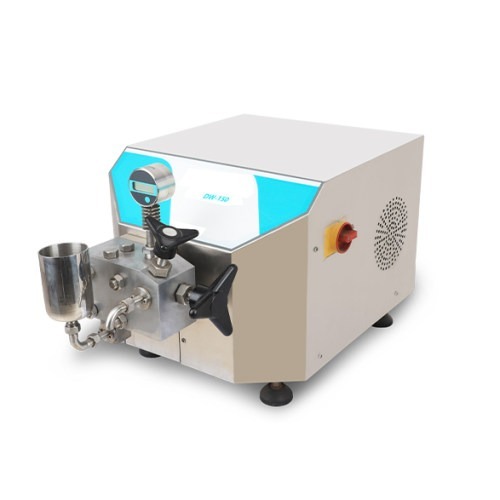
5. Temperature Sensitivity
Some samples are temperature sensitive, and excessive heat generation during homogenization can compromise the product’s integrity. If temperature control is critical, select a homogenization method that produces as little heat as possible. For heat-sensitive samples, ultrasonic homogenizers are frequently used.
6. Ease of Use and Maintenance
Consider the ease of operation and maintenance of the homogenizer. Complex equipment may require specialized training, while more user-friendly options might be suitable for routine laboratory work. Additionally, easy maintenance and accessibility for cleaning are essential for ensuring the longevity of the equipment.
7. Cost Considerations
Evaluate the initial cost as well as the long-term operating costs associated with the homogenizer. Consider not only the purchase price but also factors such as energy consumption, consumables (e.g., beads for bead mill homogenizers), and maintenance costs. Choose a homogenizer that aligns with your budget constraints.
8. Compatibility with Accessories and Consumables
Examine the availability and compatibility of accessories and consumables like homogenizing probes, tubes, and beads. Check that these components are easily accessible and that the design of the homogenizer allows for the specific accessories required for your applications.
9. Safety Features
Consider safety features such as sample containment, overheating protection, and noise levels. Depending on the nature of the sample and the working environment, these features can be crucial for both the safety of the operator and the integrity of the samples.
10. User Reviews and References
Investigate and take into account user reviews, testimonials, and references from other professionals or organizations who have used the homogenizer in similar applications. Real-world experiences can provide valuable insights into a homogenizer’s performance, dependability, and limitations.
Conclusion
Homogenizers are essential tools in many industries, helping to produce consistent and high-quality products. The type of homogenizer selected is determined by the application’s specific requirements, such as the nature of the sample, desired particle size, and production scale. New homogenizer types and improvements to existing technologies are likely to emerge as technology advances, further improving the efficiency and versatility of homogenization processes across various industries.

